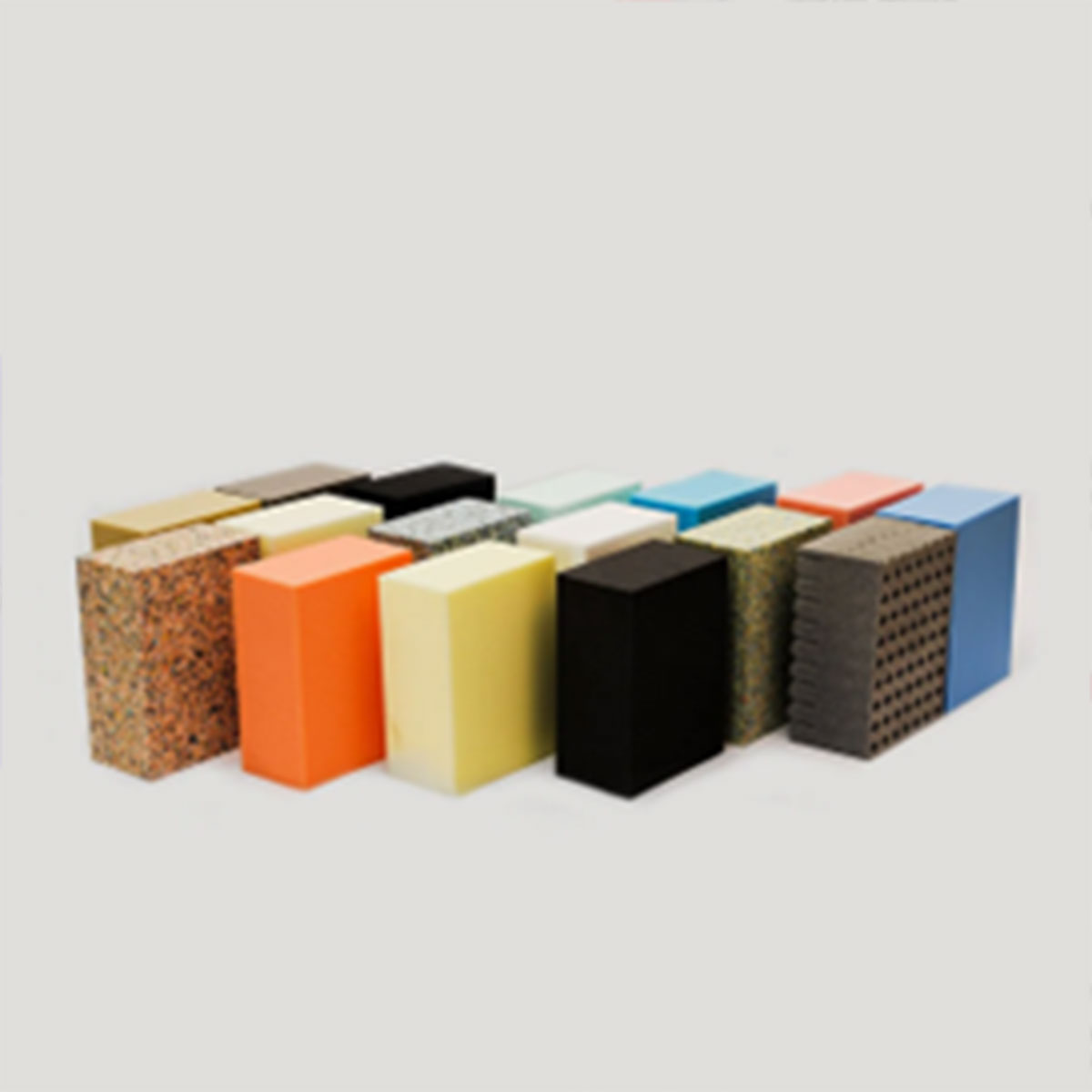
Polyurethane (PU) foam is one of the most widely used materials across various industries, known for its versatility, comfort, and durability. From furniture cushions to automotive applications, PU foam plays a significant role in enhancing the quality of everyday products. In this article, we will explore the various types of PU foam, its uses, benefits, and how it is transforming industries.
What is PU Foam?
Polyurethane foam is a synthetic material created by polymerizing polyols and isocyanates, resulting in a foam with remarkable physical properties. It can be produced in various densities and firmness levels, making it suitable for different applications. PU foam can be either flexible or rigid, with each variant serving distinct purposes.
Types of PU Foam
- Flexible PU Foam: Flexible PU foam is soft and flexible, primarily used for comfort-related applications. It can be further divided into:
- High-Density Foam: Used in furniture cushions, mattresses, and automotive seating, high-density foam offers long-lasting durability and support.
- Low-Density Foam: Commonly used for packaging, soundproofing, and insulation, low-density foam provides light cushioning and energy absorption.
- Rigid PU Foam: Rigid PU foam is firm and sturdy, often used for insulation and structural applications. Its primary function is to provide thermal insulation and moisture resistance, making it ideal for construction and refrigeration applications.
- Memory Foam: A specific type of flexible PU foam, memory foam is known for its ability to conform to the body shape, providing optimal support and pressure relief. It is commonly used in mattresses, pillows, and medical applications.
Applications of PU Foam
- Furniture and Bedding: PU foam is widely used in furniture cushions, mattresses, and pillows due to its ability to provide excellent comfort and support. It’s a cost-effective solution for producing high-quality seating and sleeping products.
- Automotive Industry: PU foam plays a crucial role in enhancing comfort and safety in automobiles. It is used in seating, headrests, armrests, and dashboards, providing cushioning, noise reduction, and thermal insulation.
- Packaging: Flexible PU foam is an excellent material for packaging fragile items. Its shock-absorbing qualities ensure that products are protected during shipping and handling, reducing the risk of damage.
- Construction and Insulation: Rigid PU foam is a key component in thermal insulation materials used in the construction industry. It helps to regulate temperature, increase energy efficiency, and reduce noise in both residential and commercial buildings.
- Medical and Healthcare: Memory foam is a favorite in medical applications due to its comfort and support properties. It is used in hospital beds, orthopedic cushions, and prosthetic devices, providing pressure relief for patients with mobility issues.
Benefits of PU Foam
- Comfort and Support: Flexible PU foams, especially memory foam, conform to the shape of the body, providing excellent support for a restful sleep or comfortable seating.
- Durability: PU foam is known for its long-lasting performance. High-density foams, in particular, offer superior durability and resistance to wear and tear.
- Versatility: PU foam is highly customizable, available in various densities, firmness levels, and finishes, making it suitable for a wide range of applications.
- Thermal Insulation: Rigid PU foam provides excellent thermal insulation, making it a valuable material for energy-efficient buildings and appliances.
- Cost-Effective: PU foam is a relatively affordable material compared to other alternatives, making it accessible for both manufacturers and consumers.
Sustainability of PU Foam
While PU foam offers many advantages, concerns have been raised about its environmental impact, particularly due to its chemical composition and production process. However, advancements are being made to create more sustainable alternatives, such as bio-based PU foams, which use renewable resources. Additionally, recycling options for PU foam are becoming more prevalent, helping to reduce waste and environmental harm.
Conclusion
Polyurethane foam is an indispensable material that plays a vital role in everyday life. Its wide array of uses, from providing comfort in furniture to enhancing energy efficiency in buildings, makes it an essential component in many industries. With continuous advancements in production methods and sustainability, PU foam is set to remain a key material for innovation and functionality in the years to come.
Whether you are looking for superior comfort in your mattress or durable insulation for your home, PU foam offers an effective solution tailored to your needs.








2 Comments
admin
July 29, 2024, at 8:36 amThe partnership between PCL and STACK marks the beginning of an exciting chapter for two of the most innovative companies in construction.
admin
July 29, 2024, at 8:36 amGood !